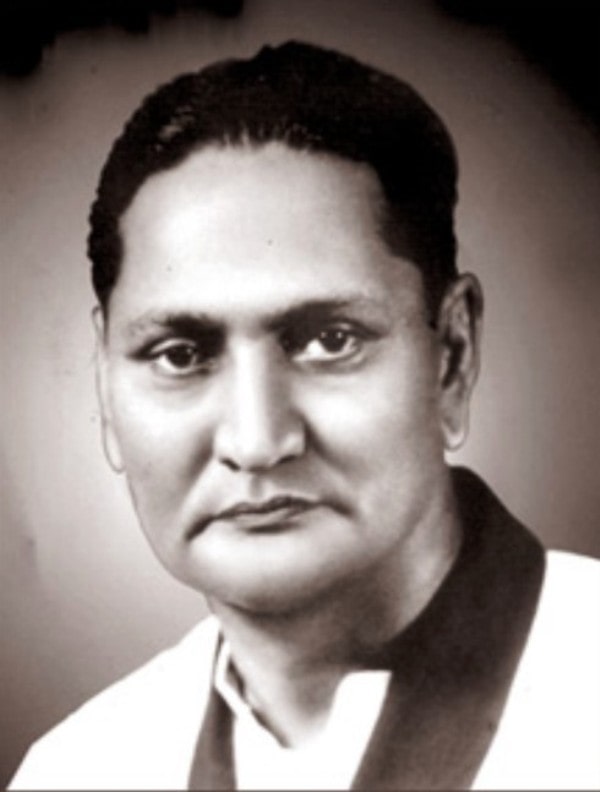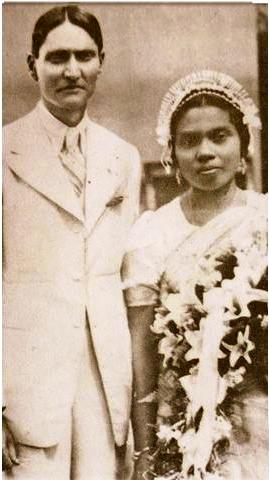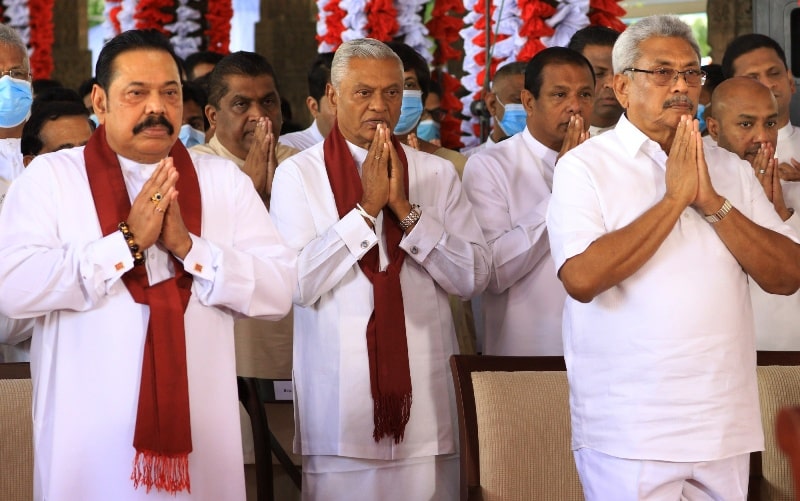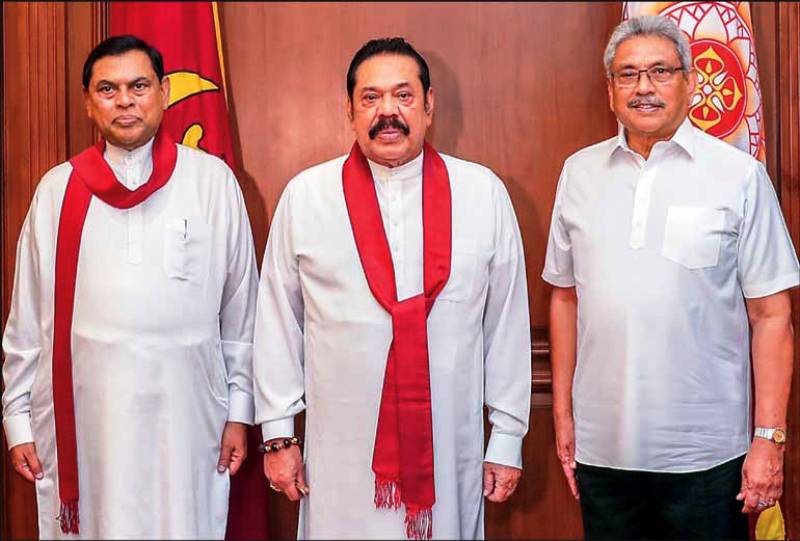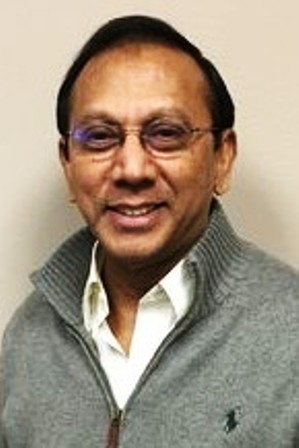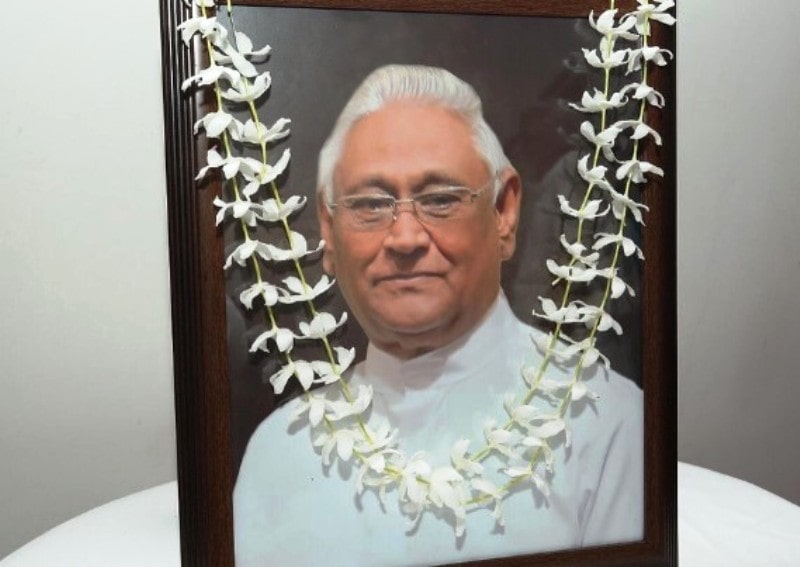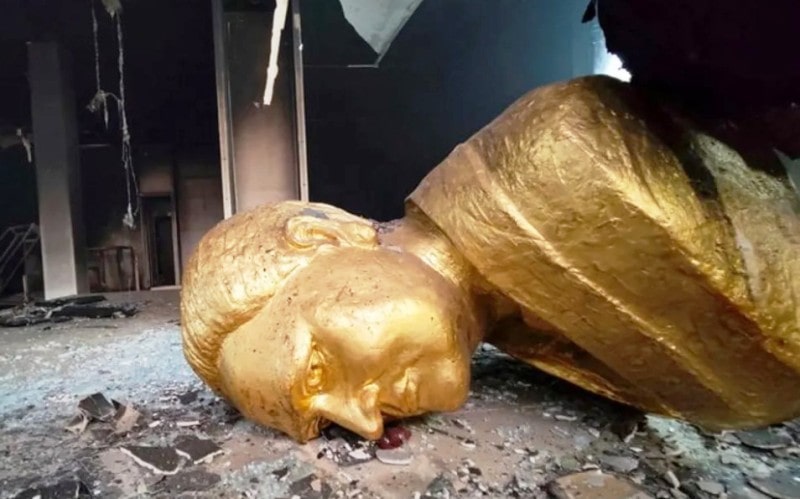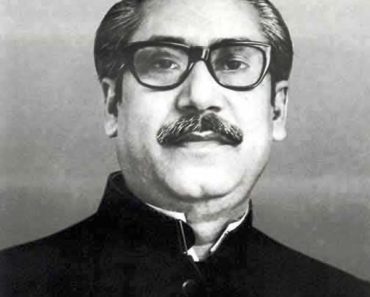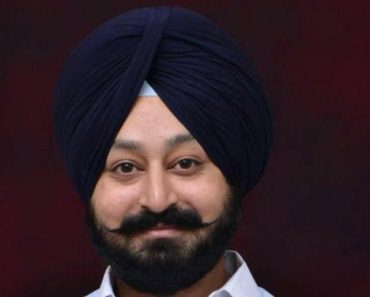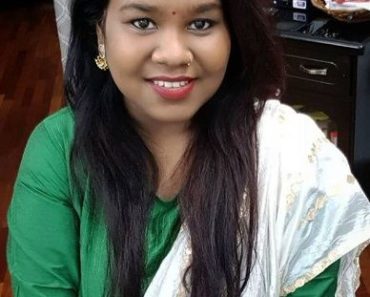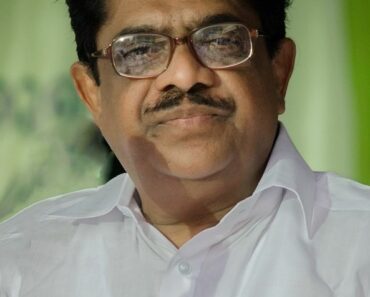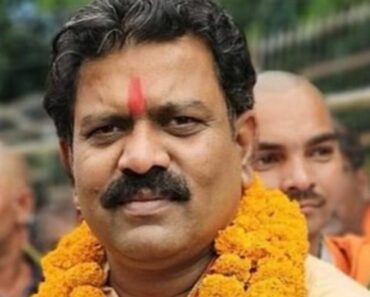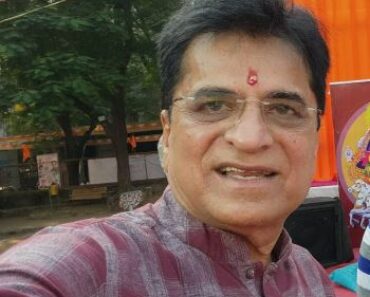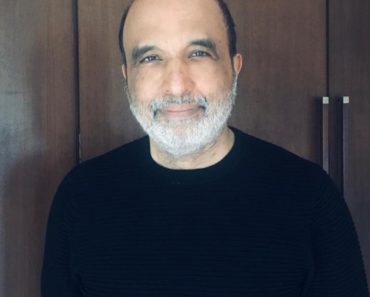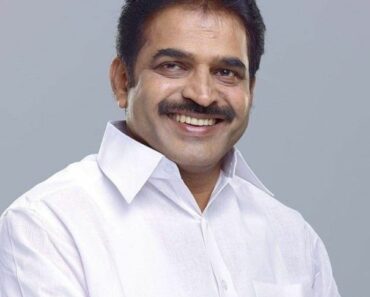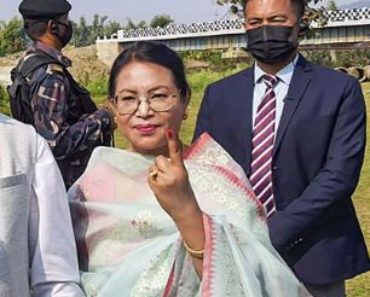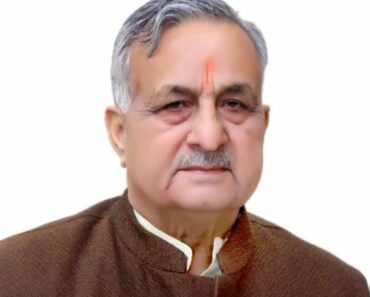DA Rajapaksa (1905-1967) was a Sri Lankan politician and a freedom fighter. He is known to be the father of two Sri Lankan Presidents, Mahinda Rajapaksa and Gotabaya Rajapaksa. He died on 7 November 1967 due to prolonged sickness. [1]Silumina
Contents
Wiki/Biography
Don Alwin Rajapaksa was born on Sunday, 30 March 1905 (age 62 years; at the time of death) in Medamulana Walawwa, Beliatta, Hambantota District, British Ceylon (now Sri Lanka). [2]Don Alwin Rajapaksa’s Sri Lankan parliament profile After completing his early education at Mankadavu School in Weerakatiya, DA Rajapaksa enrolled at Richmond College in Galle, where he completed his higher education. [3]Silumina While pursuing his studies, DA Rajapaksa used to help his father on their coconut farm and paddy fields.
Family
DA Rajapaksa was born into a Catholic family of Malaccan origin. [4]SCRIBD
Parents & Siblings
His father, Don David Rajapaksa, was a Vidane Arachchi, an influential post given to a person during the colonial era in Ceylon, in Ihala Valikada Korale. His mother, Donna Gimara Ratnayake Weerakon, was a member of an elite family in Upper Beligalle. He had three siblings named Don Mathew Rajapaksa, Don Coronelis Rajapaksa, and Dona Carolina Bandara Rajapaksa (deceased). Don Coronelis Rajapaksa was a Coroner (a judicial official). Don Mathew Rajapaksa was a politician, who died in 1945.
Wife & Children
His wife’s name is Dandina Samarasinghe Dissanayake (deceased).
The couple has 6 sons named Chamal Rajapaksa, Mahinda Rajapaksa, Gotabaya Rajapaksa, Basil Rajapaksa, Dudley Rajapaksa, and Chandra Tudor Rajapaksa, and three daughters, Gandini Rajapaksa, Jayanthi Rajapaksa, and Preethi Rajapaksa. Chamal Rajapaksa is a Sri Lankan politician. Mahinda Rajapaksa was the Prime Minister and President of Sri Lanka. Gotabaya Rajapaksa was the President of Sri Lanka. Basil Rajapaksa was the Finance Minister of Sri Lanka. Dudley Rajapaksa is the Vice President of QA/RA/Technical Service at Berlin Heart GmbH. Chandra Tudor Rajapaksa died in July 2022. Gandini Rajapaksa died on 8 May 2017. Jayanthi Rajapaksa is a former member of parliament and a former deputy minister of water supply and drainage. Preethi Rajapaksa was a teacher.
Religion
DA Rajapaksa was a Catholic; however, the Rajapaksa family, later on, changed its religion to Buddhism for political reasons. [5]SCRIBD
Freedom fighter
DA Rajapaksa and his elder brother DM Rajapaksa participated in several anti-British campaigns. DA Rajapaksa along with his brother took part in the Suriya-Mal Movement, which started on 11 November 1933.
Career
Politics
DA Rajapaksa’s affiliation with politics began when he helped his elder brother Don Mathew Rajapaksa with the extensive campaigning of the 1936 State Council elections in Hambantota in which Don Mathew won. After Don Mathew died in 1945 because of a heart attack, the people of Hambantota demanded that DA Rajapaksa should fill his elder brother’s post in the State Council following which Rajapaksa contested the 1945 by-elections in Sri Lanka from the Hambantota electorate and emerged victorious. Reportedly, DA Rajapaksa won the seat in the State Council unopposed as no one had contested elections from the Hambantota electorate out of respect for Don Mathew Rajapaksa. After entering the State Council on 8 August 1945, DA Rajapaksa became a Member of the Executive Committee on Agriculture and Lands. In 1947, he contested and won the Ceylonese parliamentary elections from the Beliatta electorate (made after dividing the Hambantota electorate into Beliatta and Tissamaharama electorates) as a United National Party (UNP) candidate by a margin of 8,022 votes. On 12 July 1951, DA Rajapaksa and SWRD Bandaranaike left UNP and founded the Sri Lankan Freedom Party (SLFP) on 2 September 1951. During the 1952 Ceylonese parliamentary elections, the SLFP managed to secure only nine seats, out of which DA Rajapaksa secured one seat. In the 1952 parliamentary elections, DA Rajapaksa contested the elections from the Beliatta electorate and won by a margin of 17,382 votes. In 1956, he contested the Ceylonese general elections and won the elections by a margin of 15,335 votes from the Beliatta electorate following which he was appointed as the Parliamentary Secretary to the Minister of Lands and Land Development. Later, DA Rajapaksa was offered the post of Deputy Minister of Trade and Commerce, which was declined by him in favour of his nephew, Lakshman Rajapaksa; however, DA Rajapaksa had to take the post of Deputy Minister of Land, Irrigation, and Agriculture after the people of Hambantota, under the leadership of a lawyer named Wickramasuriya, protested against his decision of not taking a ministerial-level appointment in the government. As a Deputy Minister of Land, Irrigation, and Agriculture, DA Rajapaksa worked on eliminating the problem of the peasants, who were left landless after Sri Lanka attained freedom from Britain in 1948. He adopted a policy, according to which the landless low-income peasants of Giruvapattuva, a part of his electorate, were given 2-hectare (5-acre) plots on a lease for 99 years and the middle-income peasants were given a plot measuring up to 4–20.2 hectares (10–50 acres) on the lease for 99 years. His policies resulted in increased productivity of rice and coconut in Sri Lanka. As a deputy minister, he supported the implementation of the Paddy Act, making the act a success. He further implemented policies which were aimed at increasing citrus fruits’ productivity in the under-developed parts of Sri Lanka. In 1959, DA Rajapaksa was appointed the Minister of Agriculture and Lands by the then Prime Minister of Sri Lanka Wijeyananda Dahanayake. He, however, resigned from his post two weeks later owing to the sacking of the ministers by Dahanayake. In March 1960, during the parliamentary elections in Sri Lanka, DA Rajapaksa was defeated by DP Atapattu of the United National Party (UNP); however, re-elections were conducted in July 1960 after the UNP-led Sri Lankan government collapsed. In the elections, DA Rajapaksa emerged victorious by a margin of 20,871 votes from the Beliatta constituency. In July 1960, DA Rajapaksa was offered a cabinet appointment when Sirimavo Bandaranaike, wife of SWRD Bandaranaike, became the Prime Minister of Sri Lanka; however, the offer was declined by DA Rajapaksa, who told her that he preferred to live at his residence than at the official residence “Mumtaz Mahal.” On 6 November 1962, DA Rajapaksa was appointed to fill the position of the Deputy Chairman of Committees after the death of A. M. A. Adhikari. In January 1964, he became the Deputy Speaker of the Sri Lankan parliament replacing Hugh Fernando. He remained the Deputy Speaker of the parliament until he was defeated by the UNP candidate DP Atapattu in the Beliatta constituency in the 1965 general elections in Sri Lanka.
After losing the 1965 elections
After DA Rajapaksa lost the general elections in 1965, he not only lost his seat in the Sri Lankan parliament but also lost the money that he had earned. According to some sources, DA Rajapaksa had to sell his car and lease his farmland to cater to his family’s day-to-day needs.
Death
DA Rajapaksa died on 7 November 1967 after battling illness for a very long time. Reportedly, since he had sold his vehicle, DA Rajapaksa could not be taken to a hospital on time, and by the time a vehicle was arranged, his condition had worsened. He breathed his last in a hospital in Sri Lanka. [6]Silumina
Facts/Trivia
- While studying at Richmond College, DA Rajapaksa was not only a captain of the school’s football team but was also vice-captain of the school’s cricket team.
- Before Don Mathew Rajapaksa died in 1945, he gave his personal belongings to DA Rajapaksa, which included 18 cents and a fountain pen.
- On 19 February 1961, for a Sinhala newspaper Silumina, DA Rajapaksa wrote an article titled Katata Rahata Kurakkan in which he talked about his family, Kurakkan (a form of millet), and folk poems.
- After winning the elections in July 1960, DA Rajapaksa was offered a bribe of Rs 50,000 to leave the SLFP so that the coalition government would collapse in the parliament, but he refused to accept the bribe despite his poor financial situation.
- On 6 November 2014, Mahinda Rajapaksa inaugurated the D A Rajapaksa Memorial Museum; however, in May 2022, during the economic crisis in Sri Lanka, the angry protestors not only destroyed the memorial but also destroyed the ancestral home of the Rajapaksas.

